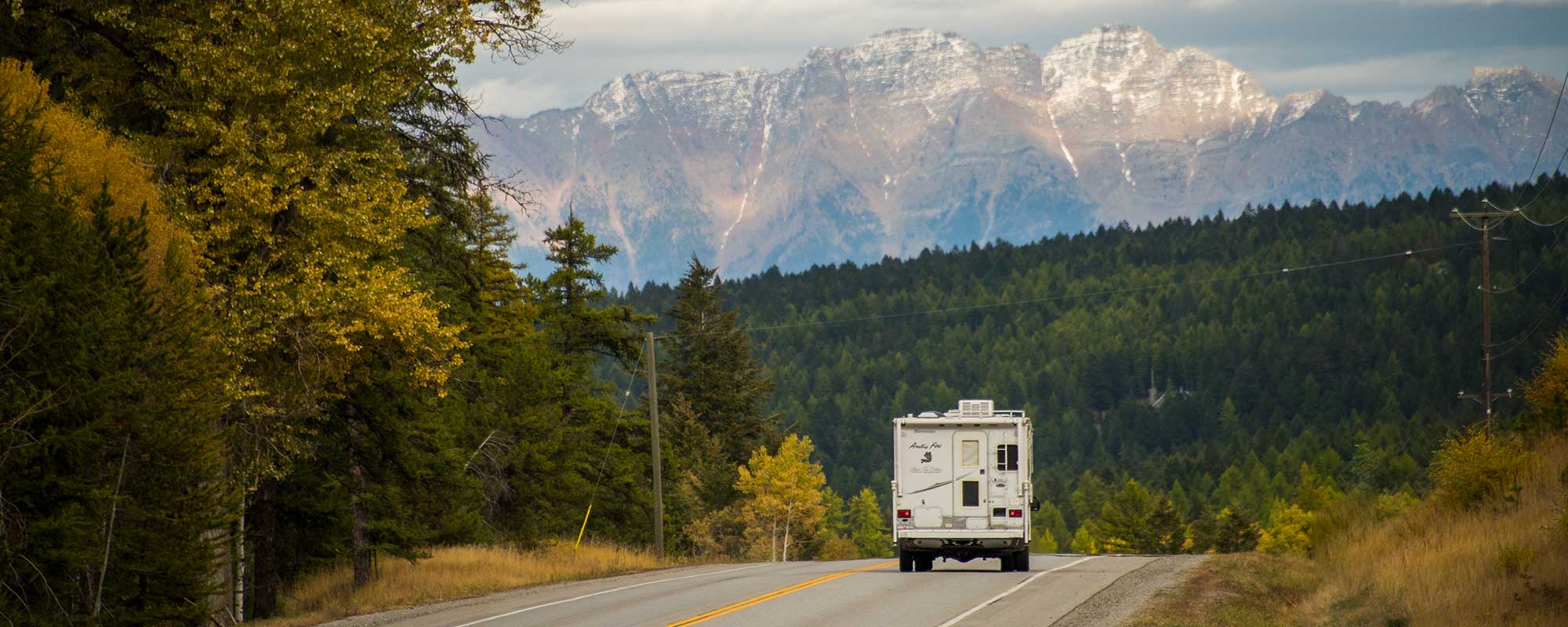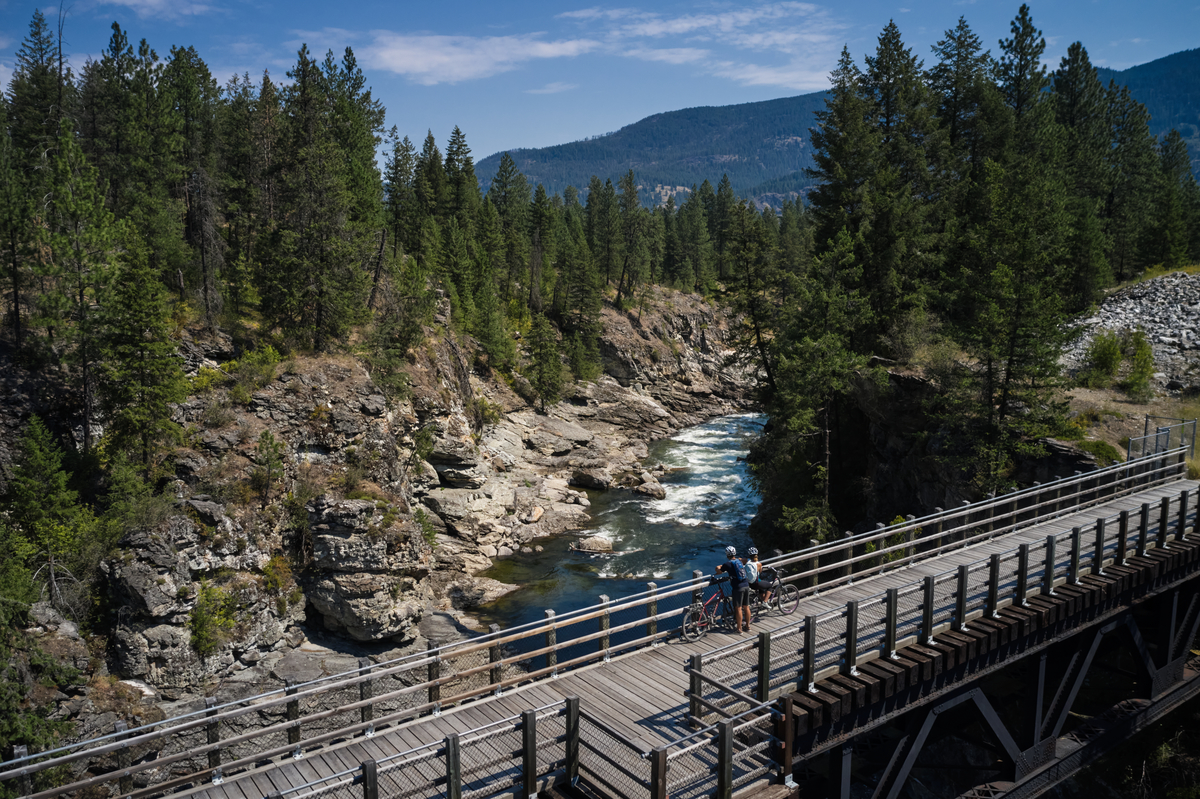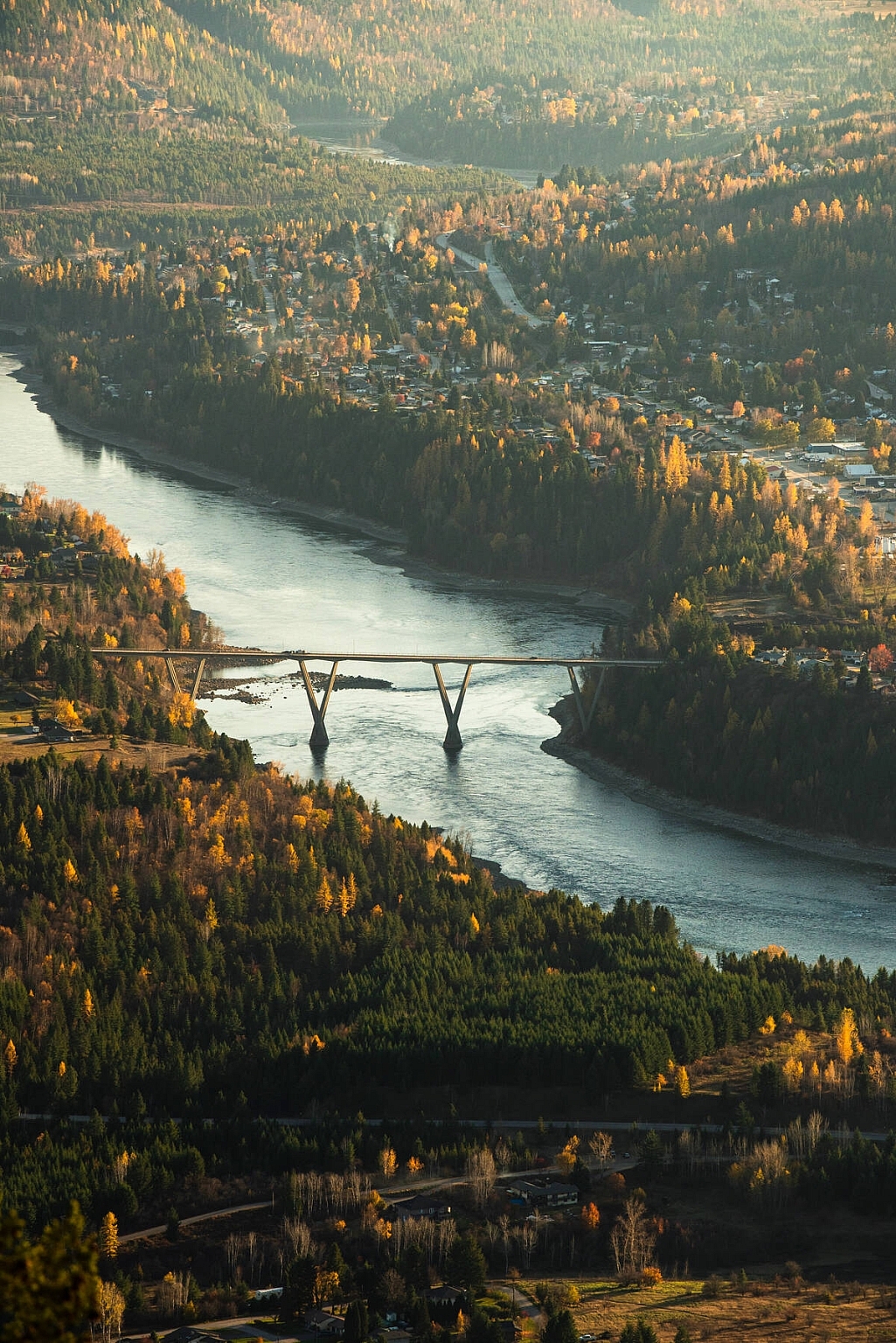Start your journey in Vancouver, where natural landscapes blend seamlessly with urban temptations on Canada’s west coast. No stranger to the world stage (and Hollywood films), Vancouver is energized by festivals, eclectic eateries, and visually arresting murals. This culture-rich city of contrasts, backed by the Pacific Ocean and the Coast Mountains, promises love at first sight—and first bite. Hike through old-growth forests, indulge in a MICHELIN-starred meal, and bike and sail—all in one day.
Modern-day Vancouver, located on the shared territories of the xʷməθkʷəy̓əm (Musqueam Indian Band), Sḵwx̱wú7mesh Úxwumixw (Squamish Nation), and səlilwətaɬ (Tsleil-Waututh Nation), is a mosaic of many diverse cultures. Connect at a deeper level through walking tours, galleries, and storytelling centres throughout the city. The Museum of Anthropology at UBC hosts a collection of 50,000 objects that showcase art and culture from BC and around the globe. (Note: The MOA is temporarily closed and is expected to re-open in June of 2024.)
In the heart of the city lies Stanley Park, a tranquil greenspace with the oldest Douglas fir trees in British Columbia. This top-tier city park offers bike trails, oceanside strolls, Indigenous-led walking tours, and more.
Watch the city shrink in your rear-view mirror as you journey inland along the Trans-Canada Highway (Highway 1), where the Fraser Valley rolls out the green carpet. Accentuated by patchwork fields and peek-a-boo views of the mighty Fraser River, you’ll find an abundance of farms, artisans, and wineries sprinkled across this agricultural heartland.






